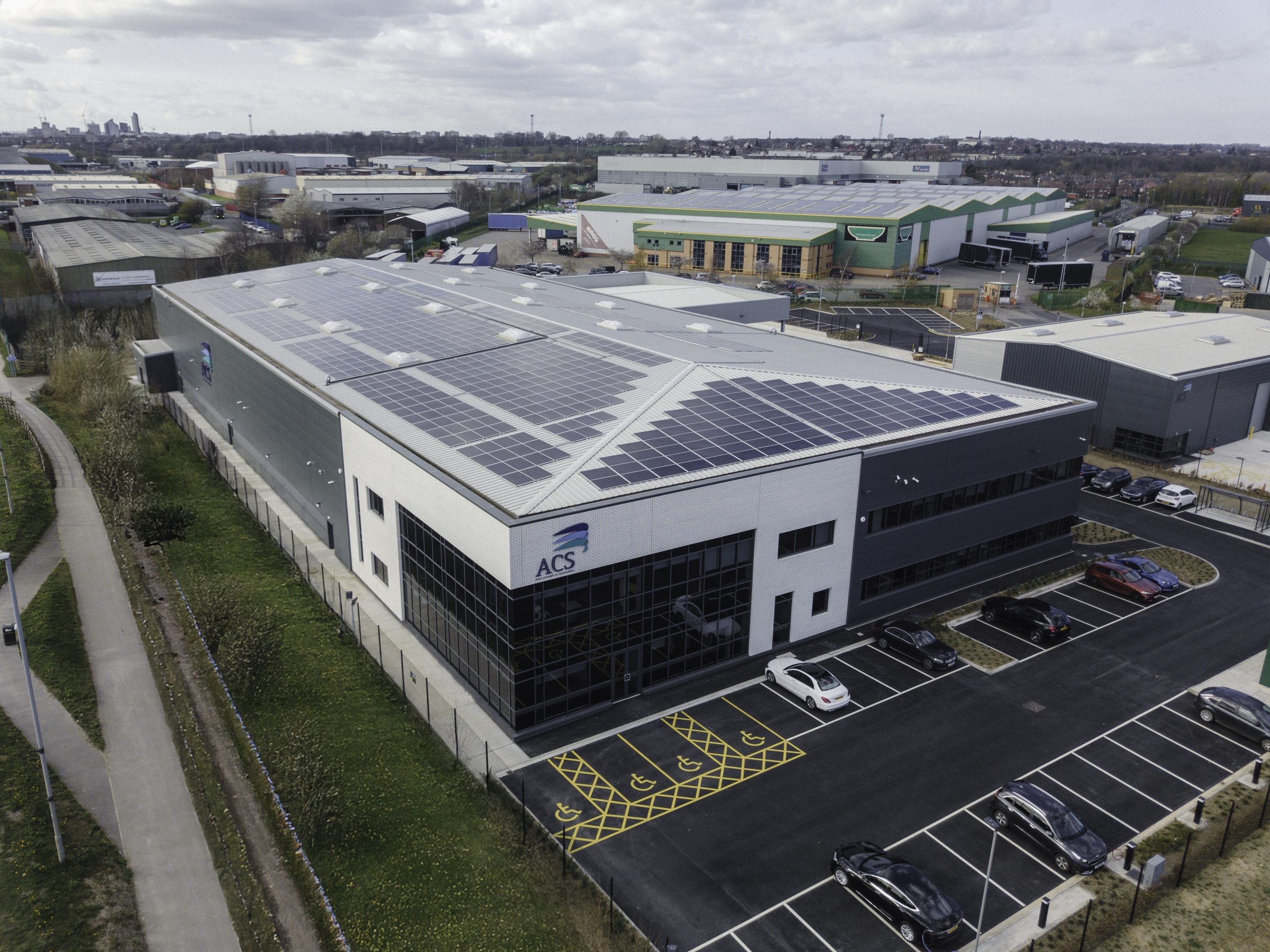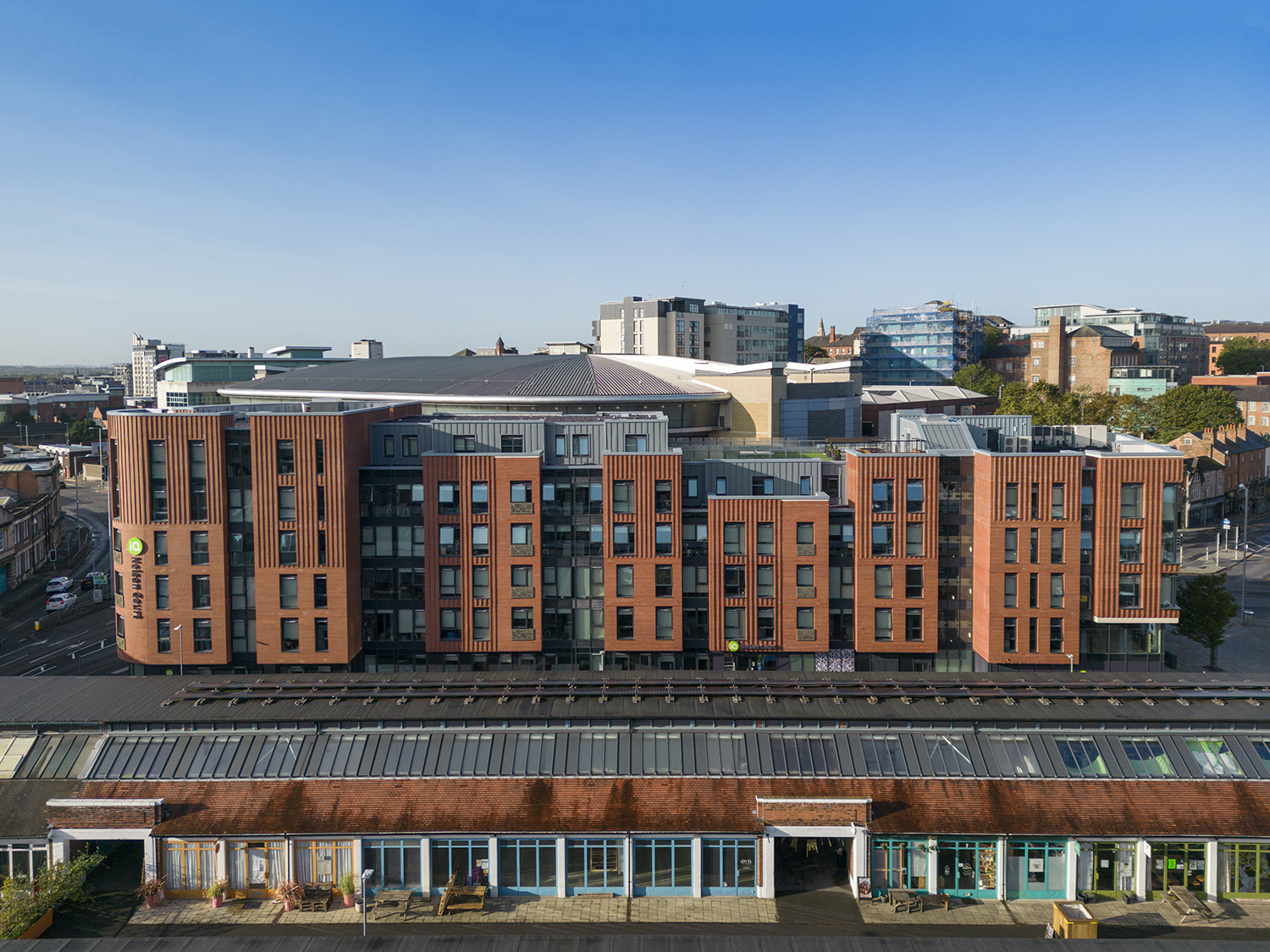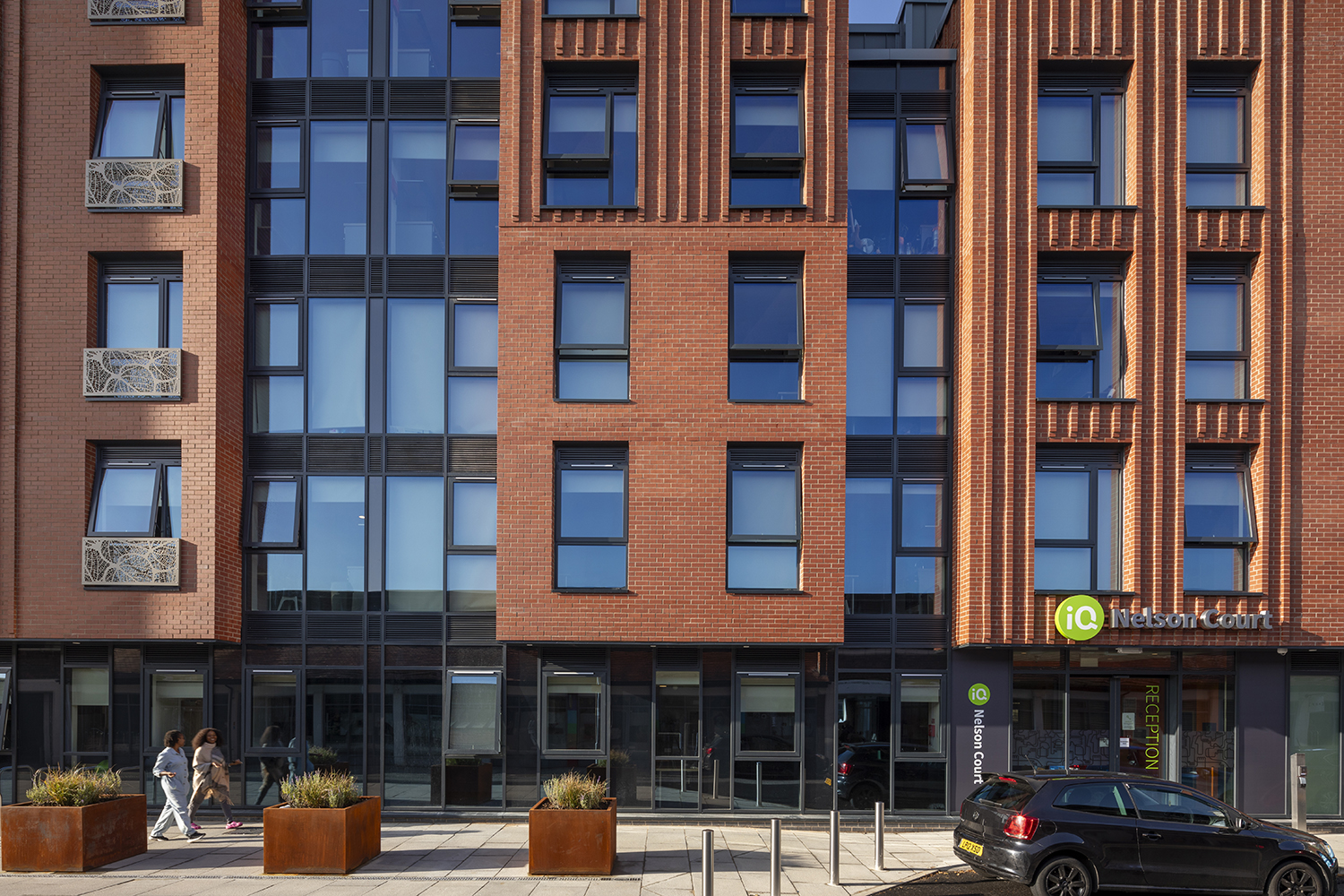As the Building Safety Act reshapes how the industry approaches design and compliance, James Dealtry Smith – an Associate Director at Nottingham-headquartered Leonard Design, which also has offices in London, Berlin, Seoul, and Sydney – reflects on embracing change.
James also touches on the importance of early collaboration, and why architects are best placed to lead as Building Regulations Principal Designers.

James Dealtry Smith
In my role at Leonard Design, I’ve spent the past nine years immersed in delivering great architecture – particularly within the residential sector. While our practice started focusing on master planning and retail – working with major clients like Westfield – we’ve since evolved and today deliver a diverse range of projects. Everything from high street ice cream parlours to large scale interiors like airport duty-free zones to £100m plus mixed-use led city centre developments.
My focus is residential, and I’ve had the opportunity to lead on several significant schemes, including working with ACS at places like Nelson Court and Talbot Street. Both projects were designed prior to the full implementation of the Building Safety Act, and completed just before Gateway 2 came into force and in today’s climate, would almost certainly fall under the Higher-Risk Building category. Despite that, we approached them with a mindset that anticipated the coming regulations, designing with rigour and foresight.
Embracing the Building Safety Act: Approach to the BRPD Role
That brings me to the Building Safety Regulator and the gateway process. As a practice, we’ve always aimed to design buildings that are safe, compliant, and futureproofed from day one. The introduction of the Building Safety Act formalises and elevates those responsibilities across the sector – and that’s no bad thing. It offers a much-needed framework that encourages consistency and helps embed quality across all stages of design and construction.
We very much feel that it is our responsibility to take ownership of the Building Regulations Principal Designer (BRPD) role. This is an opportunity for growth – one that allows us to reassert our competence and reaffirm our position as leaders in the industry. At Leonard Design, we’ve fully embraced the changes, and it’s led us to offer the BRPD service in-house. We see this as a strong starting point – something to build upon, further strengthen, and reinforce the importance of compliance, prioritising safety, and reducing risk.


Leading the Way: Collaboration and Culture Change in Building Safety
There’s understandably some nervousness in the industry, but we’ve chosen to lead from the front. We’ve trained our team – many have completed the RIBA Principal Designer programme – and embedded robust systems that support full delivery of the new requirements. As lead designers, we are best placed to coordinate this role, and we’re proud to step up and deliver it.
We’re not doing it alone. We work closely with proactive partners like ACS, who also see the value in early engagement. They’ve gone beyond simply supplying products – they’ve invested in understanding how those products sit within the wider construction process. They, like us, are raising the bar.
That said, while the Act rightly focuses heavily on pre-construction design and compliance, I believe there’s more we can do during the construction phase, Gateway 2 ensures buildings are fully designed before going on site, and any changes must go through a further gateway application. That level of control is essential, but we also need to ensure everyone onsite understands the ‘why’ – why certain products have been specified, why substitutions aren’t acceptable. That knowledge must be shared and embedded throughout the supply chain. It is about bringing an industry wide culture change.
Collaboration in Action: Early Engagement and Better Outcomes
One benefit of Gateway 2 is that it brings contractors into the process earlier – often by RIBA Stage 3. That’s a real advantage, as it helps us understand the products they plan to use and fosters collaboration from the outset. That’s how we’ve always worked – and the more joined-up the thinking, the better the outcomes.
Take Nelson Court in Nottingham, for instance. It was initially designed as a modest two or three-storey scheme, but through collaborative working – including with Nottingham City Council – we were able to deliver five storeys. That wasn’t simple. It meant increasing façade performance, working closely with ACS and brickwork contractor Phoenix to devise an intricate but buildable solution. We ended up using an off-the-shelf bracket system and semi-engineered bricks stepped in 20mm increments to achieve a ‘corduroy’ effect. It set a new benchmark for design quality in Nottingham – and it was only possible because of early collaboration and clear communication.


A Collaborative Future: Guiding Clients Through New Legislation
The Gateway process, if embraced fully, has the power to bring this kind of collaboration to every project, and that’s music to our ears. We’ve always embraced being team players and the earlier specialist knowledge is brought in, the stronger the design and delivery will be.
Ultimately, we know clients can sometimes feel overwhelmed by the layers of new legislation. That’s why we’ve made it a priority to be trained, informed, and confident in offering clear guidance. We’re not just designing – we’re advising, coordinating, and supporting the entire process.
ACS is a great example of a partner who’s doing the same. They’re helping push the industry forward – not just by supplying products, but by understanding how they function within the larger context of safety, compliance, and performance. It’s the kind of alignment that makes all the difference, and it’s something we’re proud to be part of.
Nelson Court Photography by Martine Hamilton Knight
